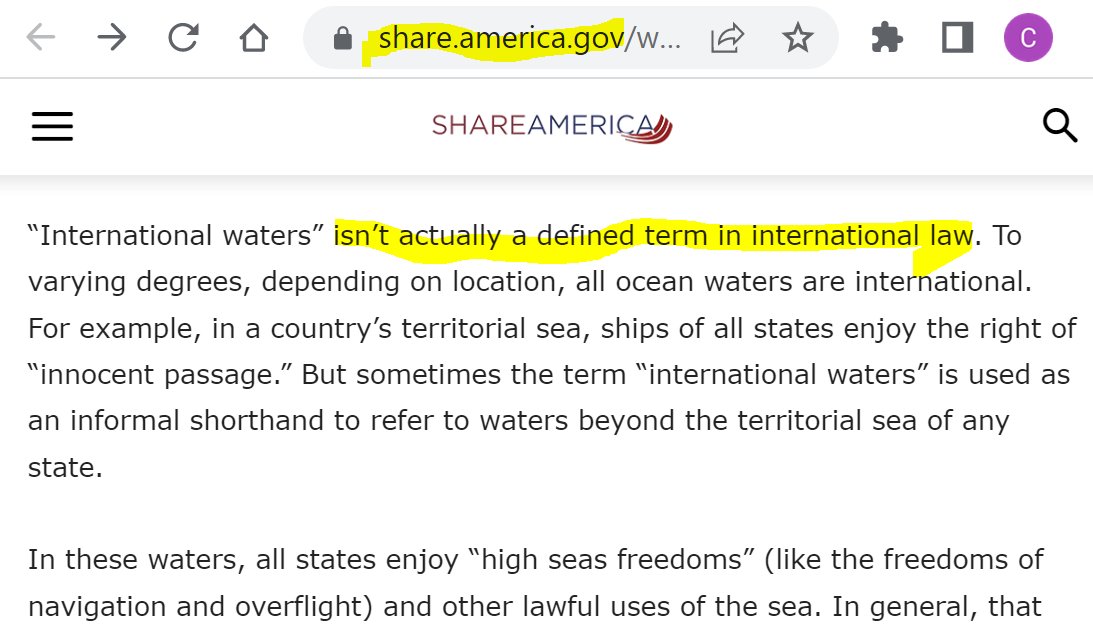ASPI's report's Turpan Detention Center Facility #7 & Facility #1 turn out to be Gaochang District Bureau for Veterans Affairs and Gaochang District Bureau for Business & Industry Informationisation respectively. The smoking gun is that they both have external walls! 



https://twitter.com/asian_bogan/status/1309802736582451201
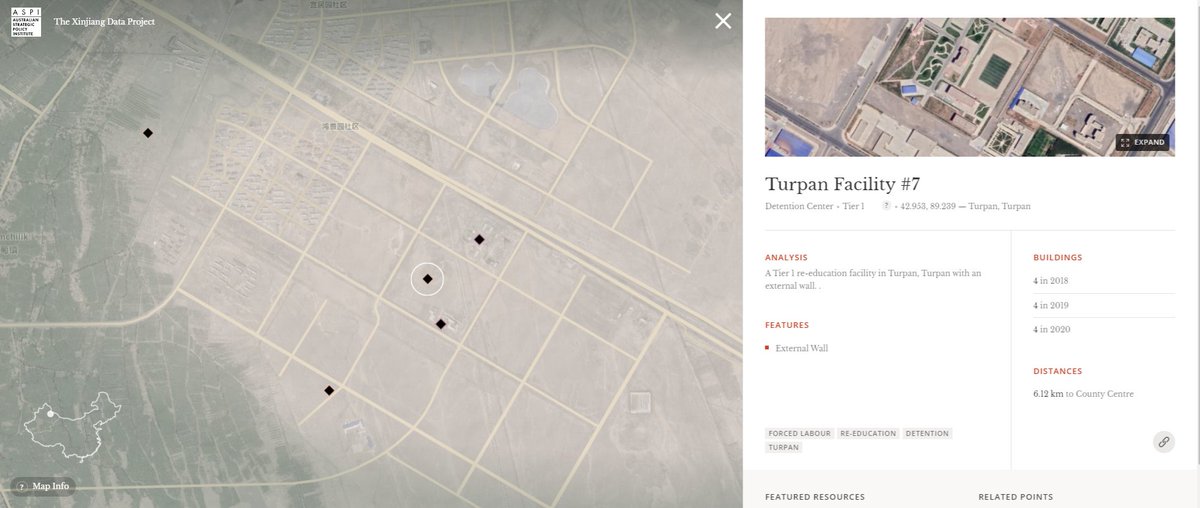
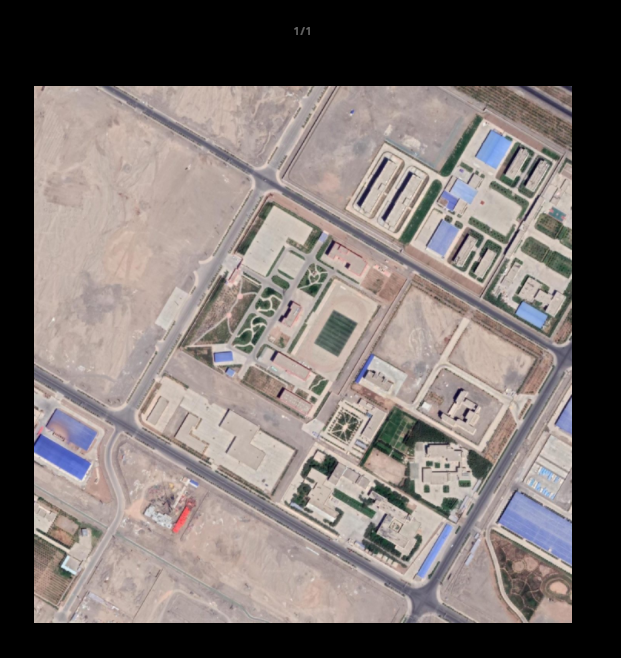
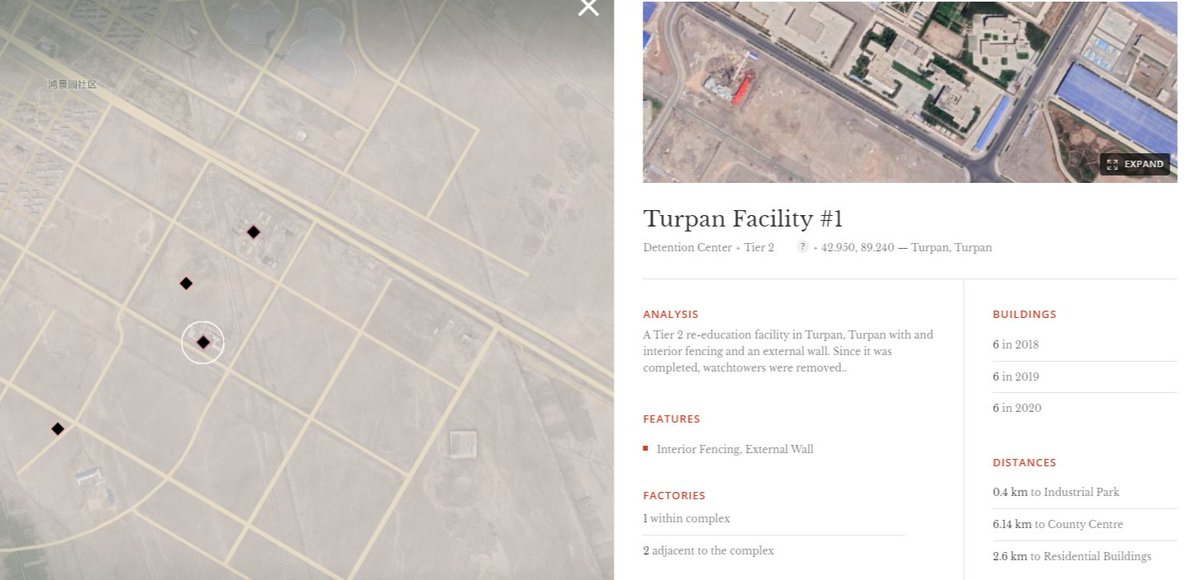
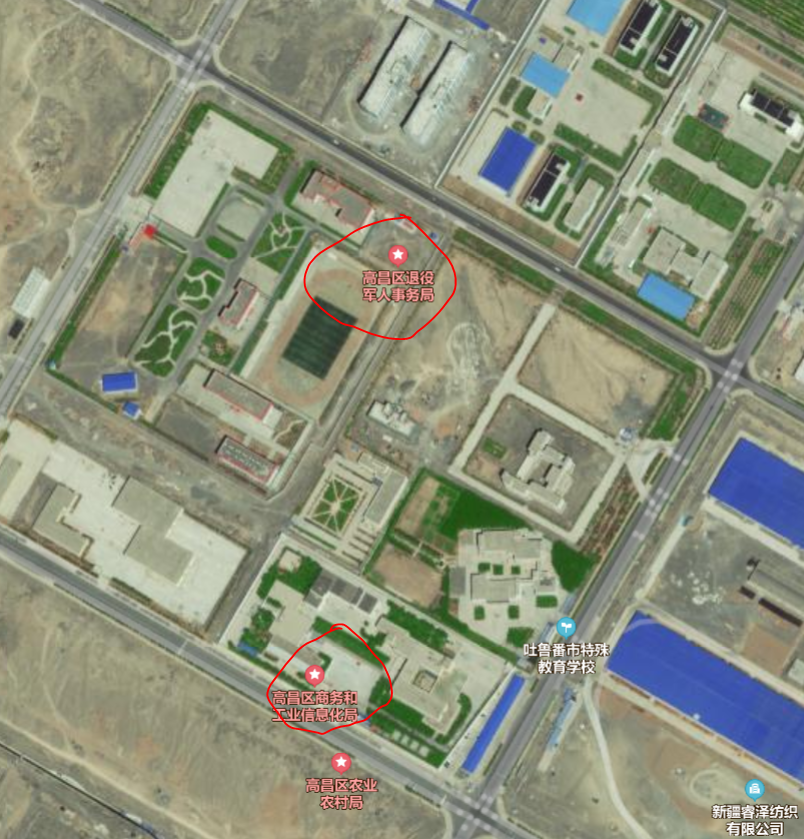
I swear most Chinese work units & government compounds have external walls, so do most Chinese schools, universities & gated communities. And don't forget the Great Wall, which means that the entire country inside the wall has been a giant concentration camp.
Satellite images of my primary & senior high schools - both with external walls!! But who knows, they may have been recently converted into detention center facilities! I boarded at the high school for 3 years & was only able to go home once a month. Sounds eerily familiar right? 

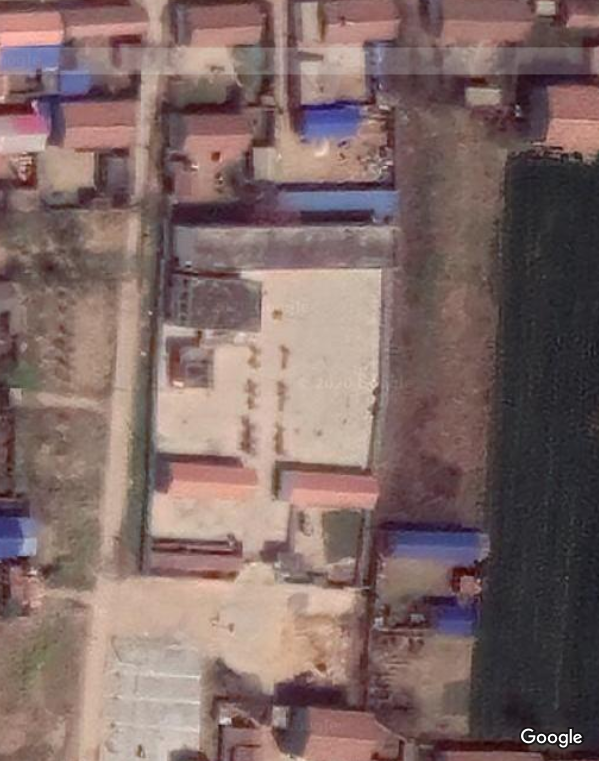
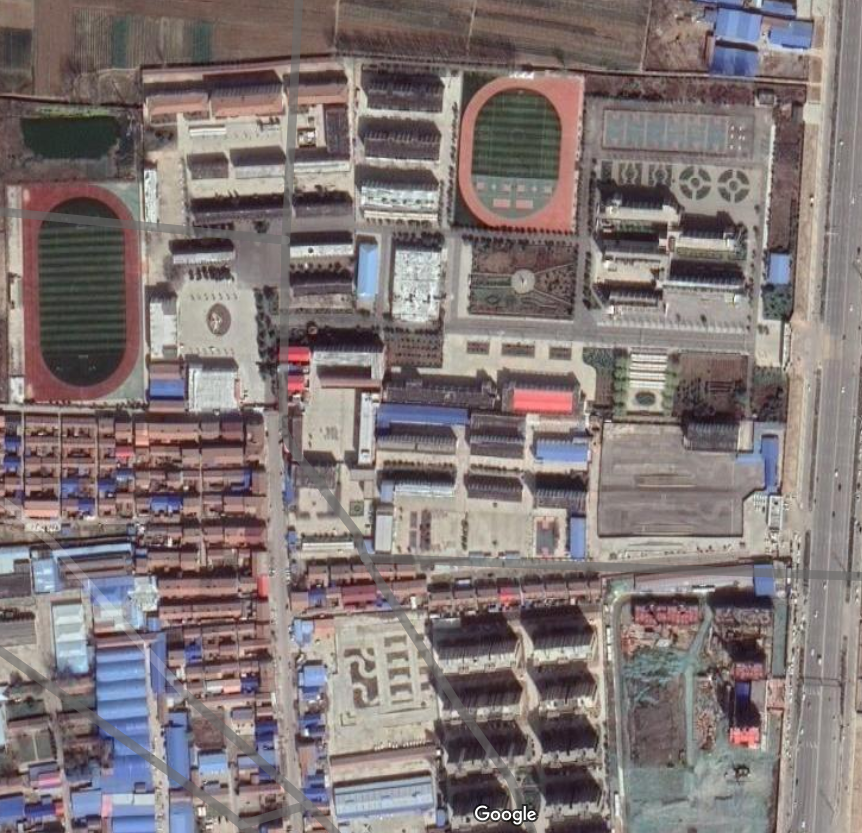
Now back to Xinjiang. According to APSI Xinjiang Data Project, this is Kashgar Facility #4 (tier-2 re-education facility). Via Google and Baidu Maps, this is marked as Shen-Ka No. 5 High School, next door is Kashar Tequ Senior High School. Apparently these schools are supported 



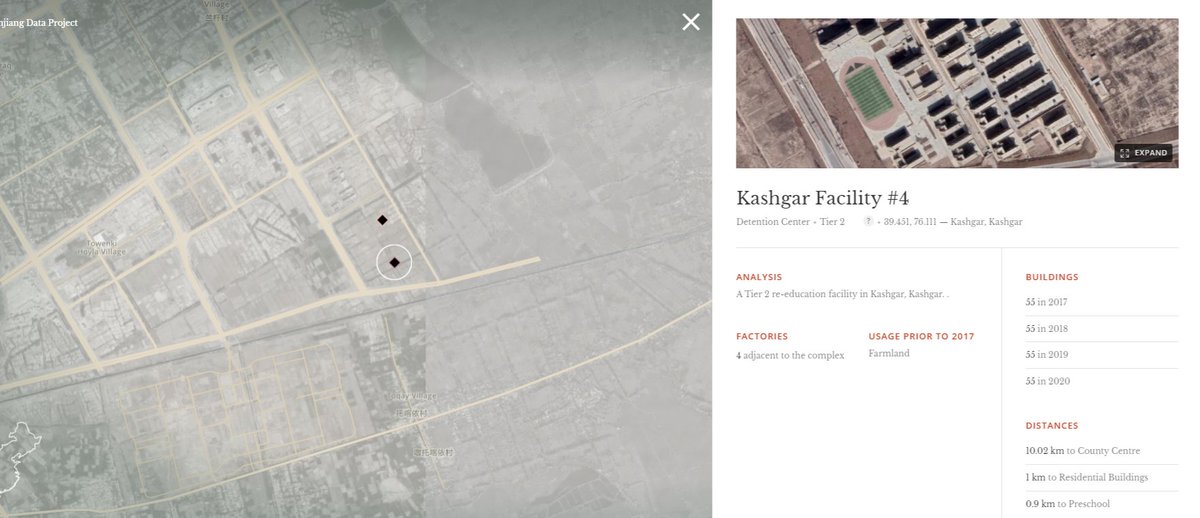
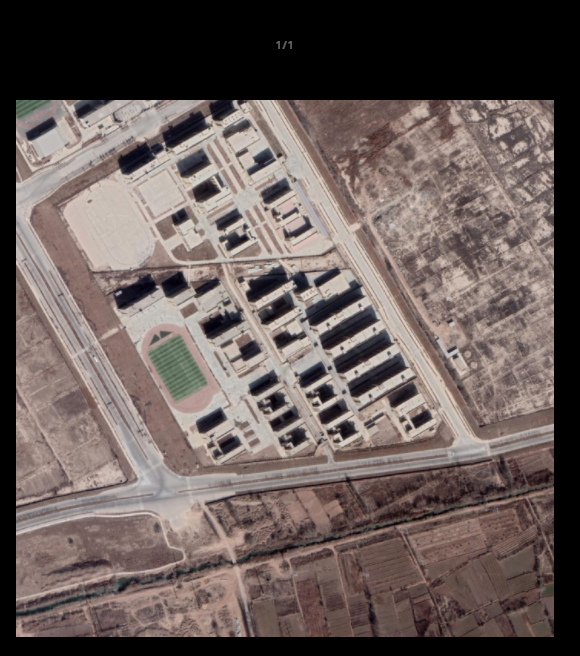
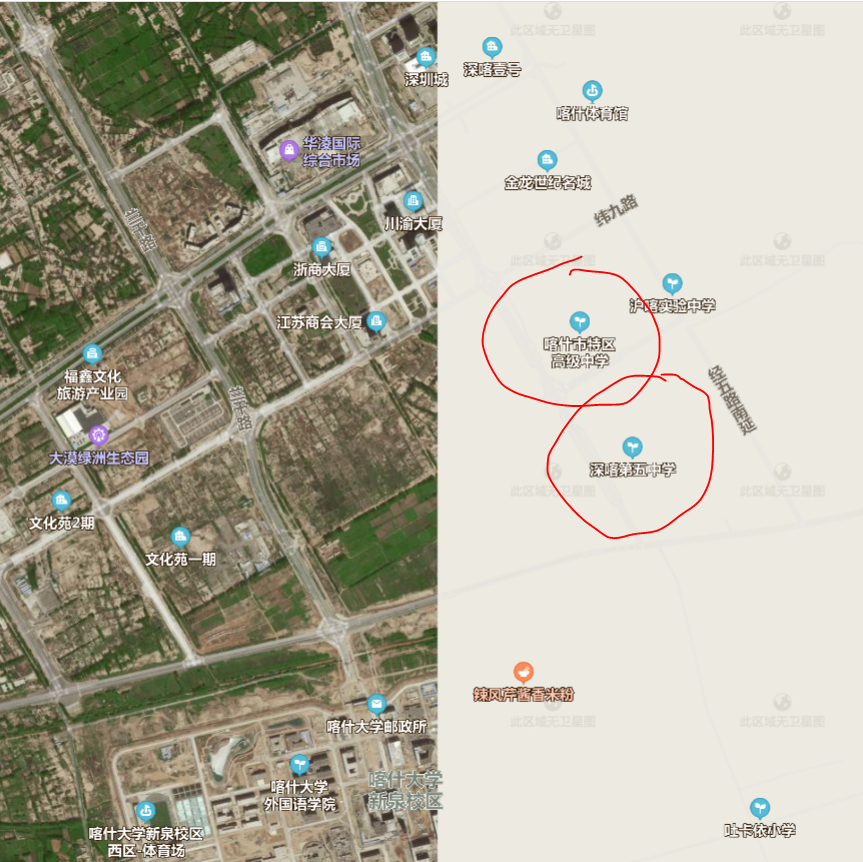

... by Shenzhen Special Economic Zone (Shenzhen Tequ), hence both school names include 'Shen' and 'Tequ'. Here is a link to the Tequ High School Sports Carnival opening ceremony - the sporting ground seems to match the satellite images. bilibili.com/video/BV1UE411…
The ASPI report noted that the usage of the land prior to 2017 was farmland. This immediately raises suspicion - newly built detention centers! Well, the whole eastern part of Kashgar was newly built. Below, the red rcircle is Kashgar Teque High School and the title says: 
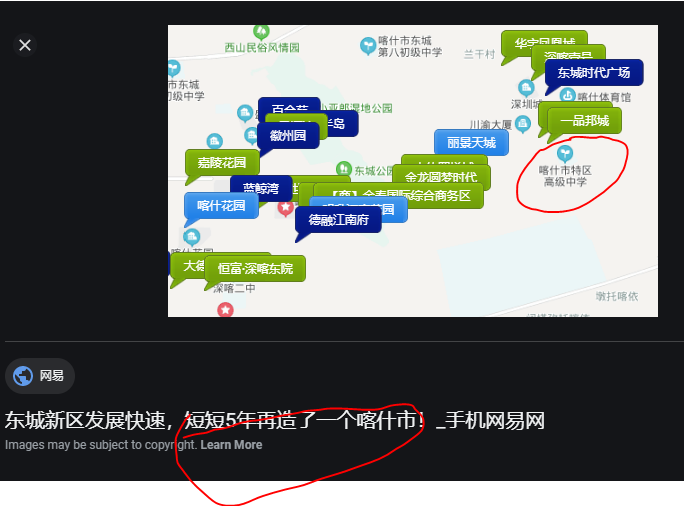
"Another Kashgar city was created in a short 5 year time span, thanks to rapid development of Dongcheng Xinqu (City East New District)!" A key development project is dubbed "Shenzhen City", part of the sister city program between Kashgar and Shenzhen. 3g.163.com/dy/article/FFG… 
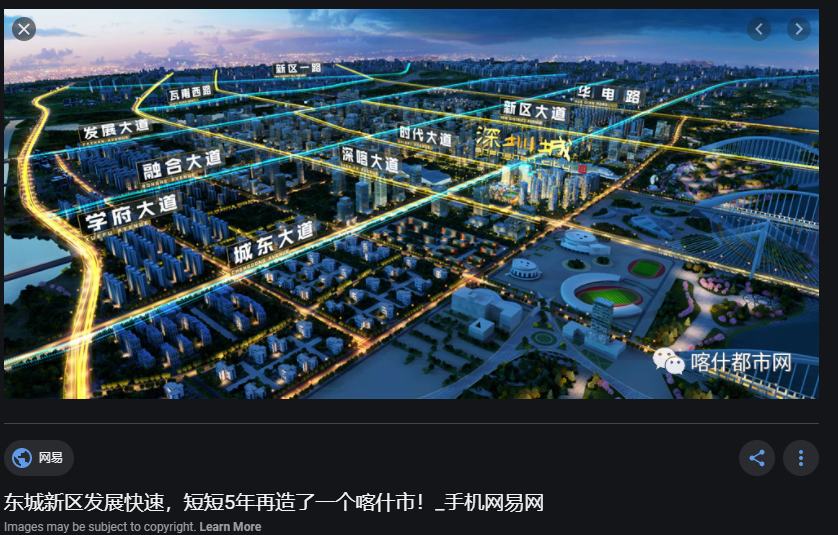
Below you can have a look at how Shenzhen is providing aid to Kashgar in the development push. not sure how effective such 1-on-1 aid programs are. Definitely there should be honest & fact-based study and critical analysis of them if anyone is interested. xjks.gov.cn/2020/07/01/bmx…
But when it comes to Xinjiang, resorting to slogans has proven hard to resist - people can read the one-on-one aid programs as cultural genocide by stealth. The following picture from the linked article is also likely to raise outrage and horror: forced Uyghur labour! 
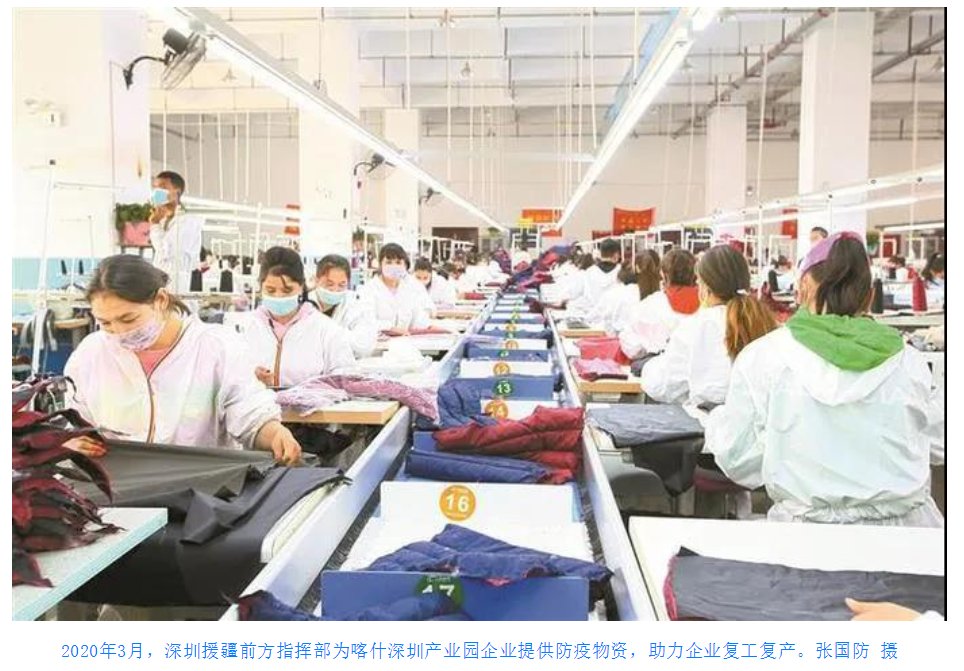
Or if you can read Chinese, it simply says: "In March 2020, the HQ of Shenzhen Aid to Xinjiang provided PPEs to enterprises in Kashgar Shenzhen Industrial Park to help enterprises resume work and production." But with such exotic scenes, who'd blame them for fearing the worst?
I know anything lining up in a row (plus external walls) in China is suspect. So it's fair game to speculate, but speculation has to have some factual foundations and be aware that anyone with relevant language skill, curiosity & time can fact-check, eg:
https://twitter.com/asian_bogan/status/1309693688755281921
Honestly I have many other things to do but this time couldn't resist curiosity, & the above is what I found. Maybe all the other facilities in the report are real. Possibly, but the easily identified misinformation from the small samples doesn't inspire confidence in the rigor
... of the APSI report. Yet, it has and will get widely covered, cited as credible sources and blended into scholarly texts. New theses, papers & books on the topic will be written, a process of knowledge production, dare I say, not dissimilar to money-laundering:
disinformation, via the power of mass media, turns into information & via scholarly interest & publications, becomes scientific knowledge & objective truth. By this stage, anyone who dare depart slightly from such 'truth' becomes deniers, apologists, shills, wumaos, etc.
I'm here not to deny anything or apologise for anyone. My main point is: in order to advance your cause, however laudable and virtuous it is, you need to be rigorous and follow basic journalist norms and scholarly practices. China's lack of openness hasn't helped either.
Lack of information and openness invites wild speculation and sensational journalism. This unfortunately feeds a vicious cycle: lack of mutual trust makes even openness look like propaganda, and even genuine efforts at scholarly research and journalism look like hatchet job.
I am sure such a vicious cycle still has a long course to run, much to the delight of those whose whole career is now built on it.
*ASPI*
This screenshot comes from ASPI Xinjiang Data Project website, implying the shown facilities as detention centres. The expanded view of the map for Kashgar Facility #3 includes two schools, Kashgar Tequ High School and Shen-Ka No. 5 High School. However @Nrg8000 responded he 

didn't identify the first one as a camp. Yet the expanded map clearly includes both school and provides misinformation, and is currently still on the website. So my tweet linking to a video of the first school serves to warn of such misinformation. It's also incredible to
... speculate that the other school is a detention centre, given the proximity to a real school. Indeed, I've pointed out the 2nd school (No. 5 High School) seems to be also a real school, not a detention facility. Why build a full-sized sporting field for such a facility?
https://twitter.com/ChengxinPan/status/1310111168179007490The questions shown on this website about the school indicate that this is a genuine school. People asked whether this school offers Olympiad competition training classes, whether the school imposes strict discipline on unruly students, whether kids can
... carry mobile phones, whether intermitted students need an intermission certificate to re-enrol, and whether the dormitory has storage space for students' luggages. sxkid.com/question/schoo…
• • •
Missing some Tweet in this thread? You can try to
force a refresh






